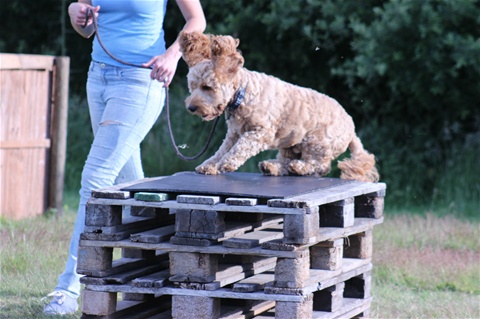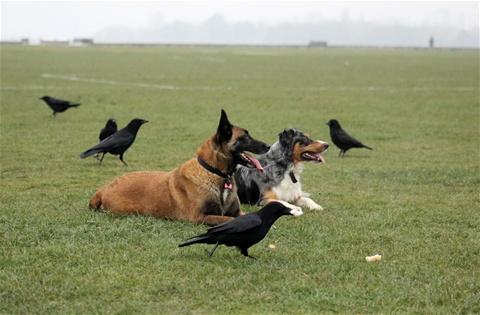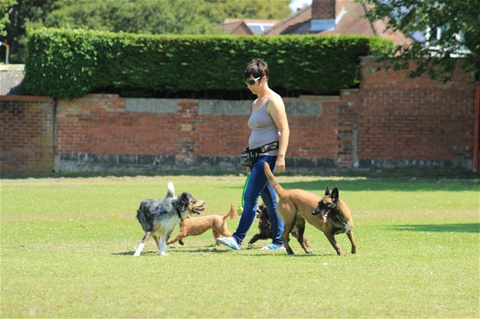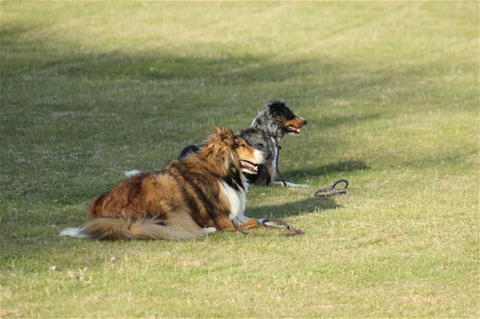Creating a Training Sequence
A training sequence can be very useful to keep your dog sharp and responsive to you when out and about. At class we have covered many different exercises which need to be ustilised and practised daily to be successful in our training. In doors (different rooms), in the garden (different areas), on the drive, where ever we go, when convenient practise one, some or all of the exercises you have been shown at class. Don't miss an opportunity to feed success with your dog.
EG:
- SIT
- DOWN
- STAND
- HEEL/CLOSE
- RECALL
- SIT STAY
- DOWN STAY
- CENTRE
- BACK UP
- YES AND NO MARKERS.
Repeat Sit Down Stand in a block of three leading with a different position on each block. So you then practice sit to stand to down, stand to down to sit and down to stand to sit. Remembering to be consistant with your hand signals and vocal comands. After block of three has been completed break the exercise and praise. If you struggle with your dog changing position on any of these make a mental note and let me know at class so I can help you.
The Heel or Close command. Walk 3 paces keeping your dogs head close to your thigh with your treat. Stop and release treat. Continue 2 paces into a right hand turn, 2 paces into a right hand turn and so on until you make a square. At the end of the square reward and then walk 2 paces into a left hand turn, and again until you make a square. Reward and release. Continue this twice more from the beginning. As your dog's heel work improves the 2 step squares can become larger by adding more steps in between each turn.
Recall. This can be done in many different ways, places and positions. Building recall length slowly in the beginning to achieve your confidence in your dogs response and the dog's confidence in the exercise itself. At home call the dog from one room to another for example, remember for a recall to be reliable it has to be practised in as many different situations as possible building distance in every situations and circumstance, using a happy inviting tone and worthy reward at the end of the exercise. You are imprinting a reaction to a word so it makes sense to start of slowly to build the correct reaction from the dog.
Sit and Down Stay Positions. Again for these exercises to become full proof the dogs must feel relaxed in each postion and the length of time they are expected to stay in the postion must be built slowly. Your distance from the dog starts as close as possible, time and distance lengthening with practice. Stand close to the dog, while the dog is in a Sit position count 3 seconds and reward, 1 step away count 3 seconds and reward, always return to the dog to reward keeping them in the stay position, sit or down. Repeat these exercises in blocks of three in different places and atmostpheres to achieve trust and confidence in your dog.
Centre. Teaching your dog to present itself between your legs at class is just for fun. So present the reward to your dog from between your legs at the front allowing him/her to walk through, you can ask the dog to sit by raising the treat before passing all the way or to get them to run through throw the treat forward for them to run after. Great fun game for both you and your dog, also teach them to run through from the front.
Back up. Using a static object, such as chairs for example, each side of the dog to make a channel about 2 feet wide. Stand in front of your dog and walk towards them when they start to reverse reward them and again with this exercise the reversing distance has to be built. The channel is to stop the dog reversing left or right and to keep them in a straight line.
Practice some or all of the above exercises daily wherever you are with your dog.



